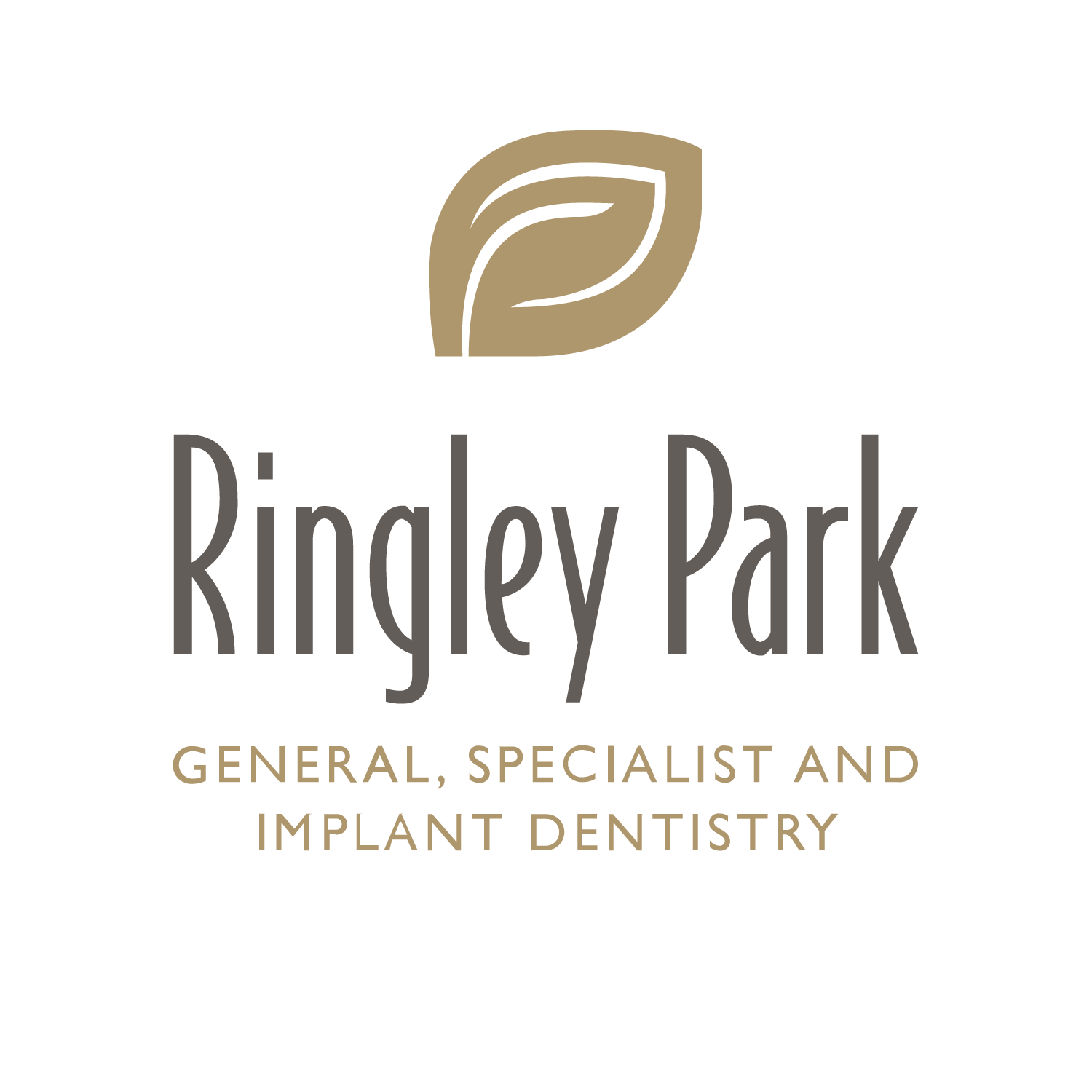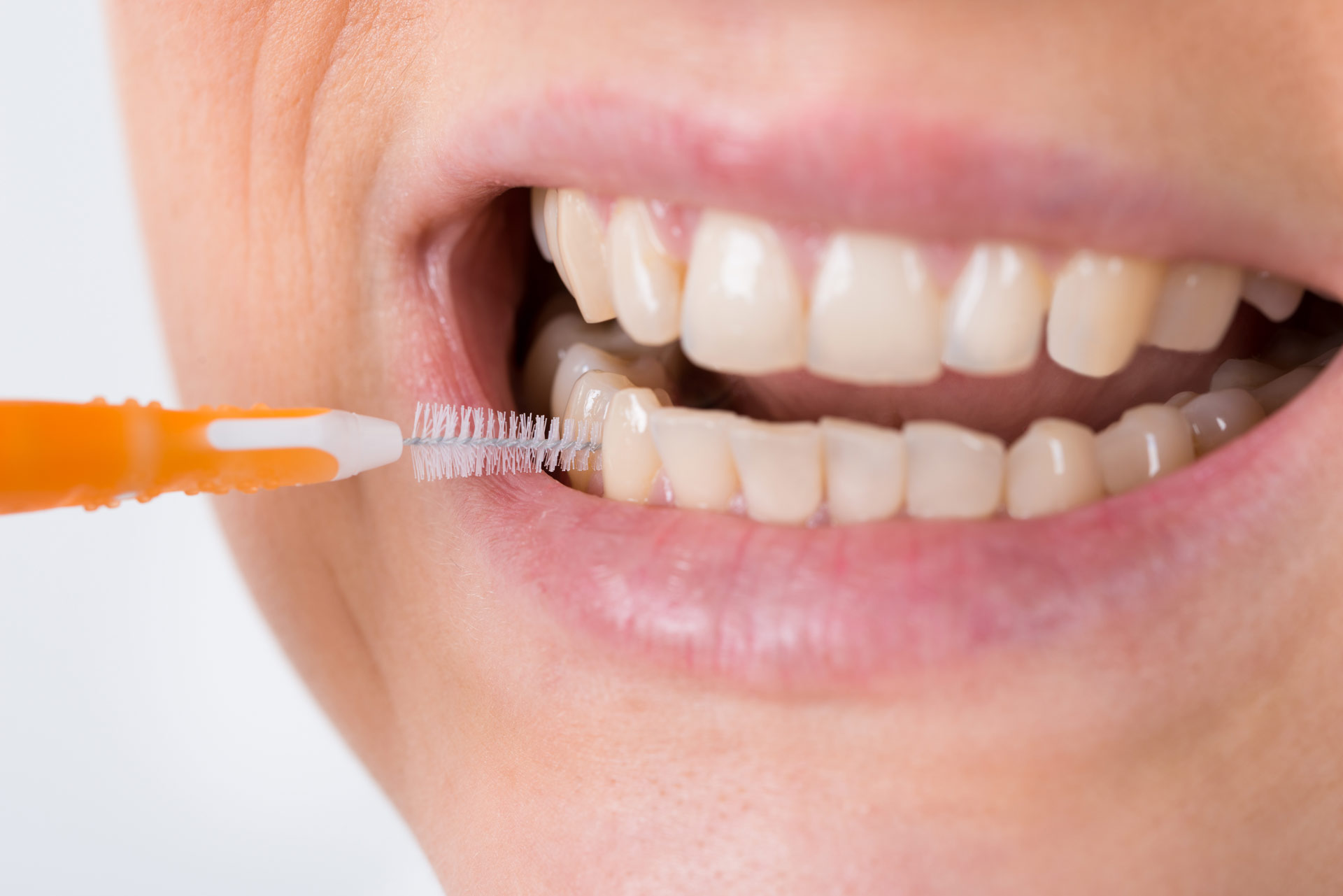Oral health professionals advise brushing our teeth twice a day, for at least two minutes, but even if you commit to this routine faithfully, you may not have given much thought to interdental cleaning. In this blog, we look at the reasons to work interdental cleaning into your oral care routine, and how to do it effectively.
What is interdental cleaning?
When we brush our teeth with our regular toothbrush, we’re removing debris and plaque from the surfaces of the teeth we can see, rather than the space between the teeth. Interdental cleaning allows you to get into those hidden surfaces of the tooth, and it’s a key step in cleaning our teeth and gums effectively, which reduces the risk of gum disease and other connected health problems. The NHS advises doing this routinely from the age of 12 years old, with some sources recommending starting even earlier, as soon as a child has two teeth that touch each other.
A recent article on the Oral Health Foundation website explains a little more about the importance of interdental cleaning. In an interview with Elaine Tilling, dental hygienist and clinical education manager for TePe Oral Hygiene Products, she explains, “ensuring brushing and interdental cleaning before bed is crucial for good oral health.” She adds, “dental disease is largely preventable. Following these steps will set you up on the path to a lifetime of good oral health.”
How to clean between teeth
Perhaps one of the things that put people off interdental cleaning, is the thought of gums feeling tender or bleeding. Rest assured, although that can happen at first, these symptoms will reduce as your gums get healthier, and the reason it may happen initially is that your gums are already inflamed and irritated from bacteria and plaque build-up. So, the cleaner and healthier your teeth become, the less tender they’ll feel.
There are different ways to clean your teeth, including dental floss and interdental brushes. Dental flossing allows you to gently scrape away debris with a gentle rocking motion of the floss, wound between two fingers. As everyone’s teeth are different, the important thing is to find the right method for you, but generally interdental brushes are considered easier to use. If you head to the NHS webpage on interdental brushing, you see that they are recommended as a good way to remove pieces of food and plaque from between our teeth.
How to use interdental brushes
There are some great tips online to get you started on using interdental brushes. The Oral Health Foundation have a dedicated article and video on the subject, but here is a quick summary to help you:
- Select the right sized interdental brush – speak with your dentist or hygienist to get some advice, or experiment with different sizes to see which fit comfortably between the spaces around your teeth.
- Never use force – remember, never use force to move the brush into place, it should fit snugly but easily. You may need to use different sized brushes across the areas of your mouth.
- Work the brush backwards and forwards – a gentle, brushing action two or three times in each space will enable you to remove any food particles and clean away bacteria and plaque.
- Repeat daily – ideally, use this simple technique after brushing your teeth at the beginning and end of the day, or at least once daily.
- Discard bent or curved interdental brushes – interdental brushes need to be replaced regularly, especially if they’ve become bent or curved during the brushing process.
It’s worth noting that if your gums continue to feel irritated after a few days of regular interdental brushing, you can speak with your dentist to get some advice. They’ll be able to check you’re using the brushes correctly and take you through the best ways to clean your teeth. The important thing is to make interdental cleaning a regular part of your oral hygiene routine, so you can protect your mouth in the long term.

